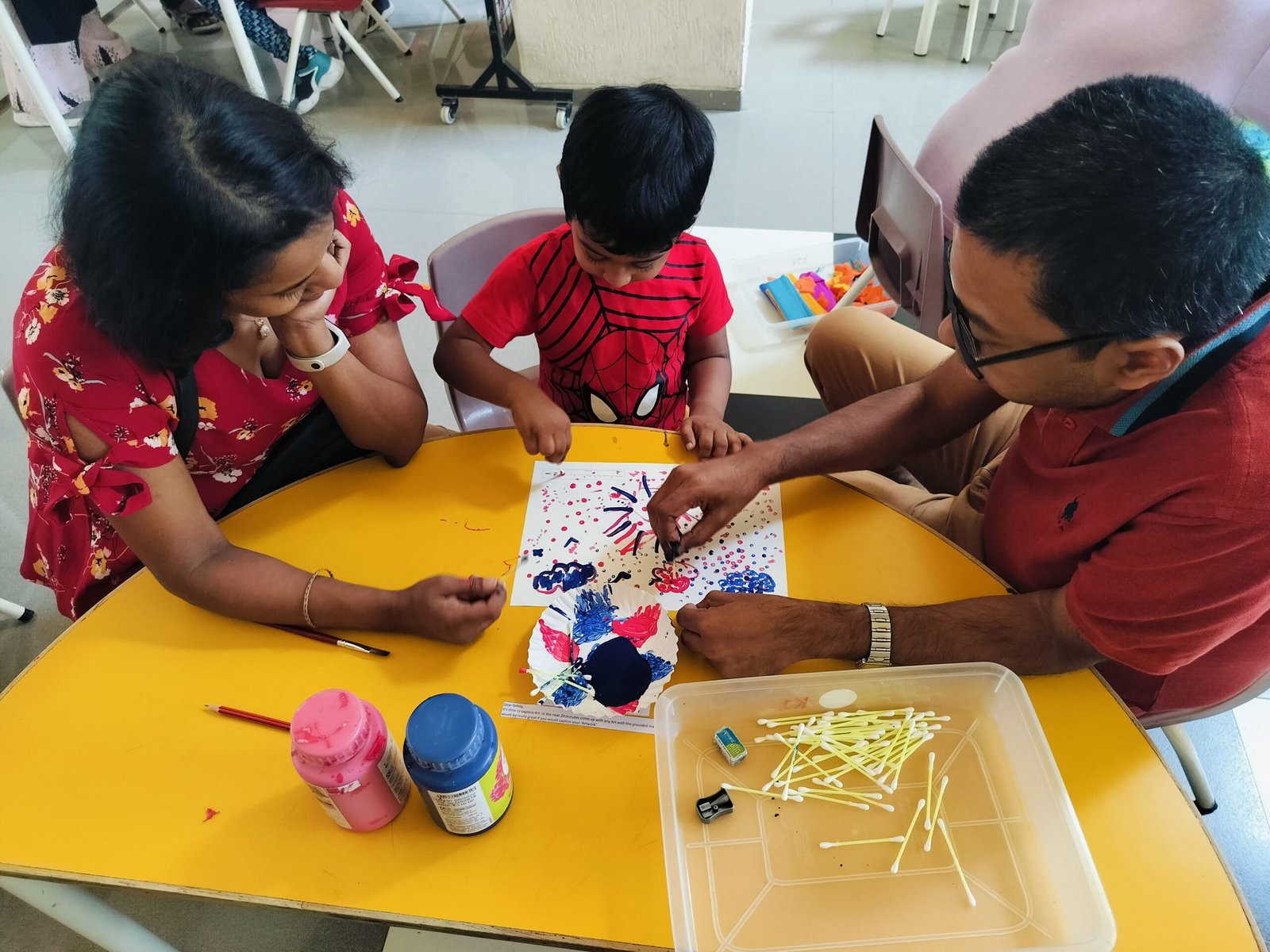Childhood, a vibrant period filled with exploration and discovery, is often layered with a rich array of emotions that shape our understanding of the world. It is a time when curiosity drives learning, and the joy of small achievements lays the foundation for personal growth and development. While laughter and joy are abundant, children also grapple with fears that can feel overwhelming. From the fear of the dark to anxiety about school or social situations, these emotions can be isolating.
Ekya schools, at the second edition of its annual flagship event- FIND Festival 2024 is all set to address this issue and provide necessary measures to empower children to confront their fears and build resilience.
Understanding Childhood Fears
Fear is a natural part of life, especially for children who are navigating a world filled with new experiences and challenges. From fear of the dark to anxiety about school, these feelings can be overwhelming. However, it’s essential to recognise that fear can also be a catalyst for growth and learning. When children learn to understand and express their fears, they gain emotional resilience—an invaluable asset as they grow.
Acknowledging fears is the first step in helping children manage them. It’s crucial for parents and educators to create a safe space where children feel comfortable sharing their feelings without judgment. By validating their experiences, we empower them to confront and articulate their fears, laying the groundwork for effective expression.
The Power of Creative Expression
Creativity is a powerful tool for emotional expression, especially for children who may find it difficult to put their feelings into words. Artistic outlets such as drawing, painting, storytelling, and music provide children with alternative ways to convey their emotions. Through these mediums, children can transform their fears into tangible expressions, making the abstract more concrete.

For instance, a child who fears the dark may create a drawing that illustrates their feelings. This visual representation can serve as a conversation starter, helping caregivers understand the child’s emotions and enabling them to address the underlying fears. Similarly, storytelling allows children to create characters and narratives that reflect their experiences, providing an opportunity for reflection and discussion.
Activities to Encourage Expression
Encouraging children to express their feelings, especially fears, is a crucial step in their emotional development. By providing a variety of engaging activities, we create safe spaces where children can explore and articulate their emotions without judgment. These activities not only promote self-awareness but also foster connection among peers, allowing children to understand that they are not alone in their experiences. Through creative expression, storytelling, and play, children can confront their fears in a supportive environment, empowering them to navigate their emotions with confidence and resilience
- Fear Journals: Children will be encouraged to keep a journal where they can write or draw about their fears. This practice not only fosters self-reflection but also provides a safe space for expression.
- Art Therapy Sessions: Guided by trained facilitators, children will use art materials to create pieces that depict their fears. This process encourages emotional release and can be a therapeutic way to address anxiety.
- Storytelling Circles: In small groups, children will share their stories about fear, whether real or imaginative. This collaborative environment allows them to learn from one another and understand that they are not alone in their feelings.
- Role-Playing Games: Through role-play, children can act out scenarios that make them feel fearful. This playful approach can help demystify their fears and empower them to confront challenges in a supportive setting.
Building Resilience Through Expression
By helping children express their fears creatively, we encourage them to cultivate emotional resilience. As they learn to articulate their feelings, they begin to develop coping strategies that will serve them throughout their lives. Creative expression not only alleviates anxiety but also promotes problem-solving skills and fosters a sense of agency.
Moreover, these workshops offer an opportunity for parents and educators to engage with children in meaningful ways. By participating in the activities alongside the children, adults can model emotional expression and create a stronger bond, reinforcing the idea that it’s okay to talk about feelings.
Conclusion
As we approach the FIND Festival, let’s embrace the power of creativity in helping children express their fears. By providing safe and engaging pathways for expression, we can empower children to confront their emotions and build resilience. Join us at the festival as we explore these creative avenues and celebrate the importance of emotional expression in nurturing happy, healthy children. Together, we can turn fears into pathways for growth, creativity, and connection.
